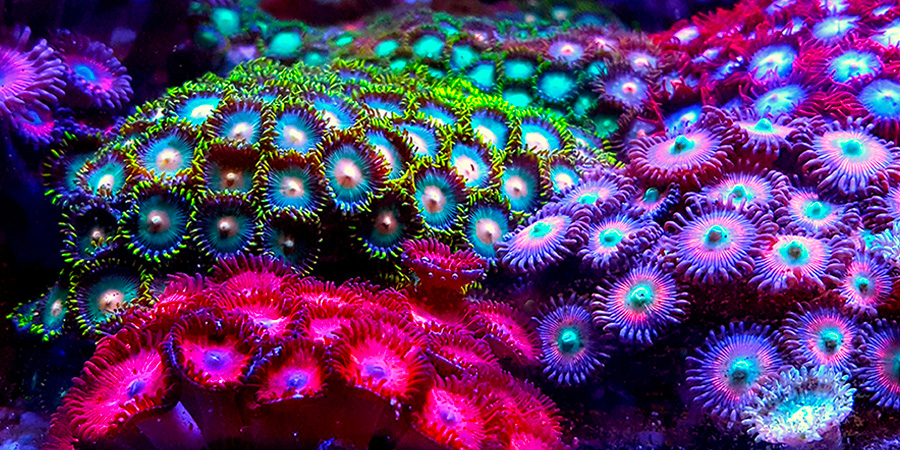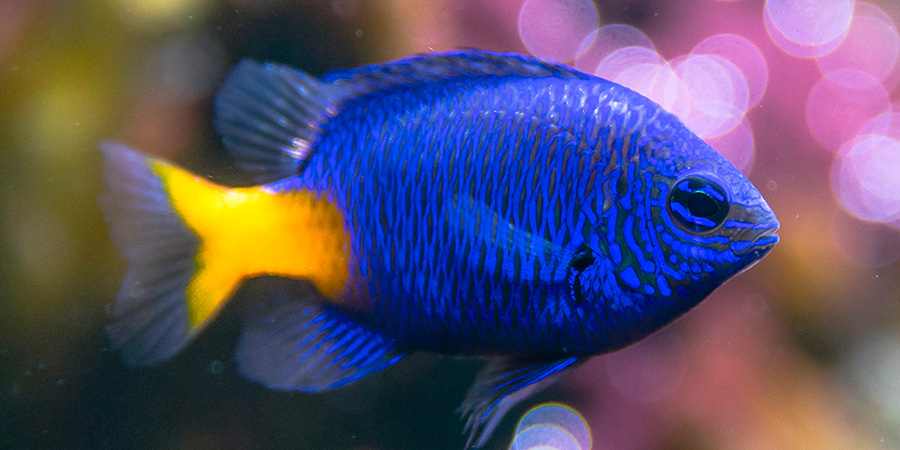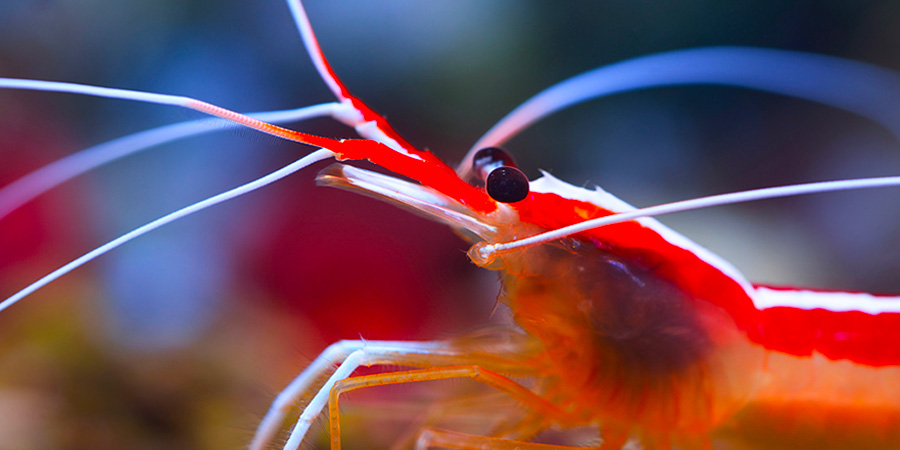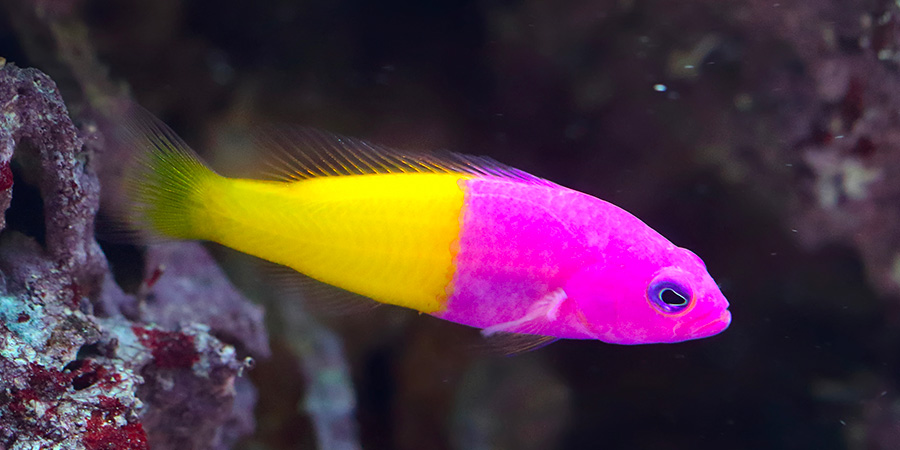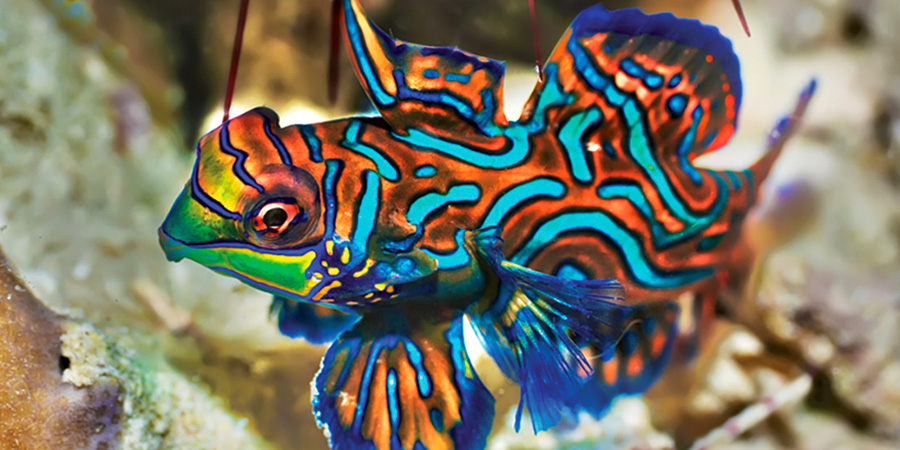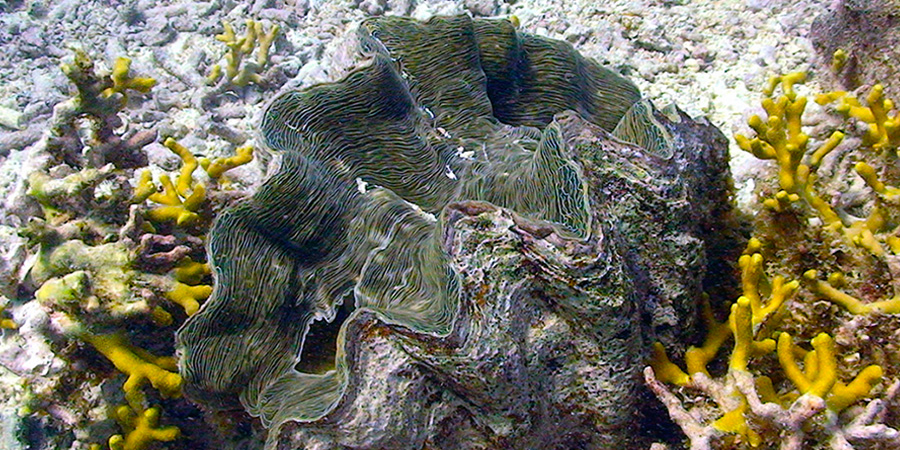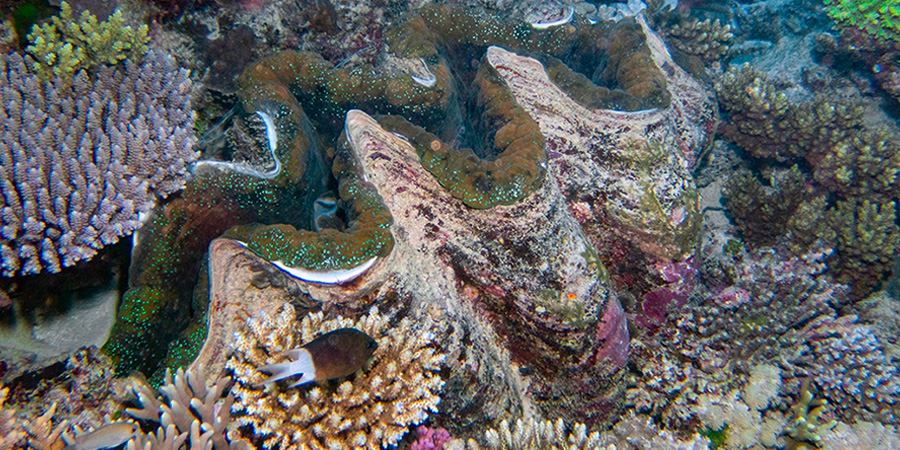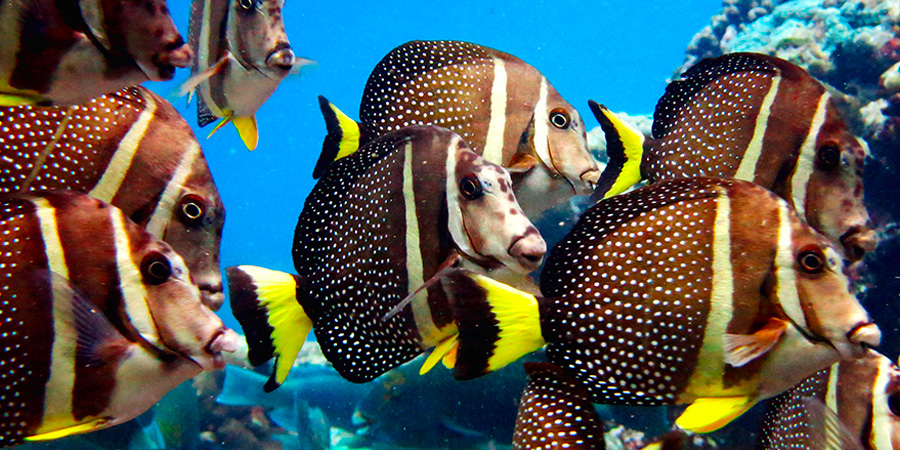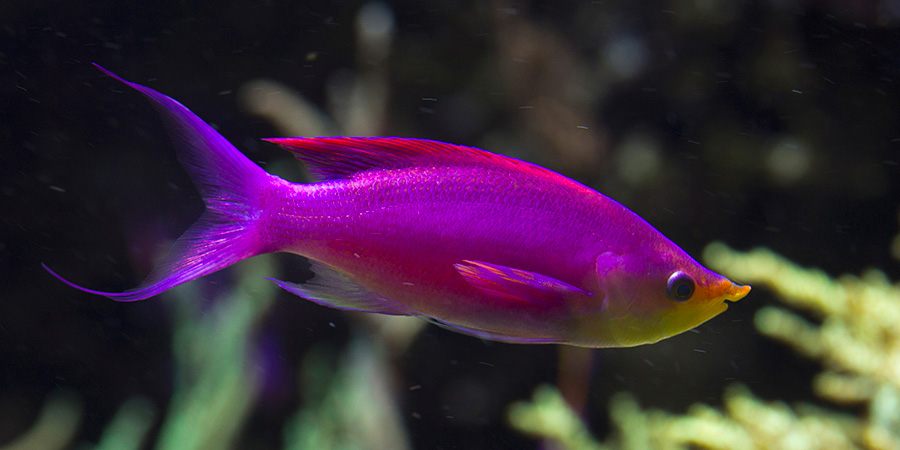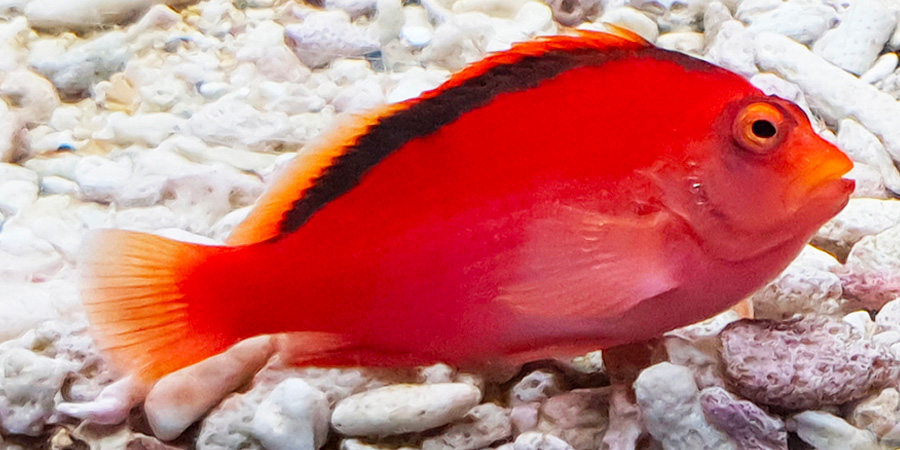
Scientific name : Neocirrhites armatus
Family : Cirrhitidae
Size : Up to 9 cm
Distribution : Pacific ocean
Biology : It positions itself on observation points among the corals. If it spots any danger, it can hide away in the coral.
The flame hawkfish is a rather aggressive fish and mightily defends its territory against its fellow creatures.
They live in pairs.

